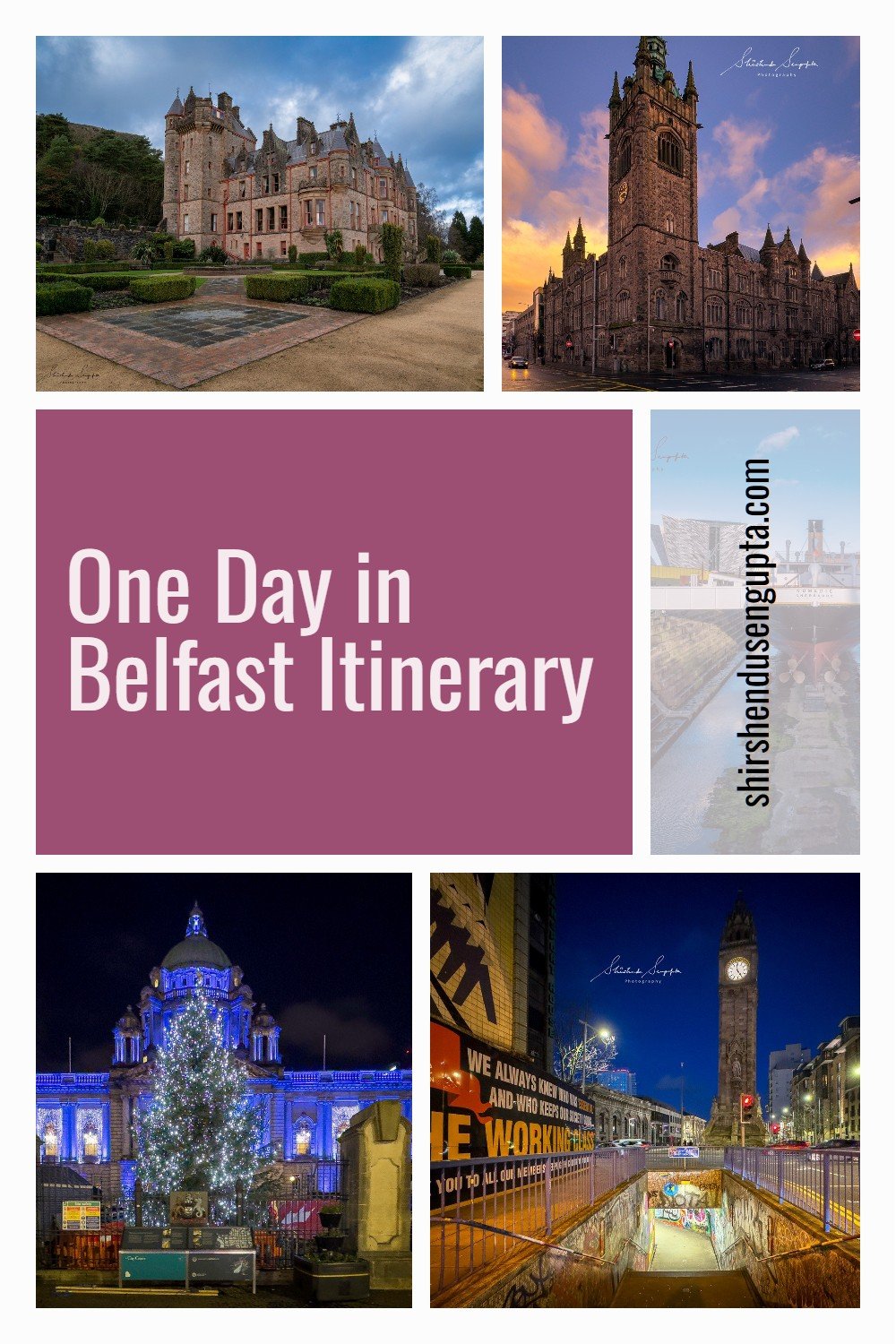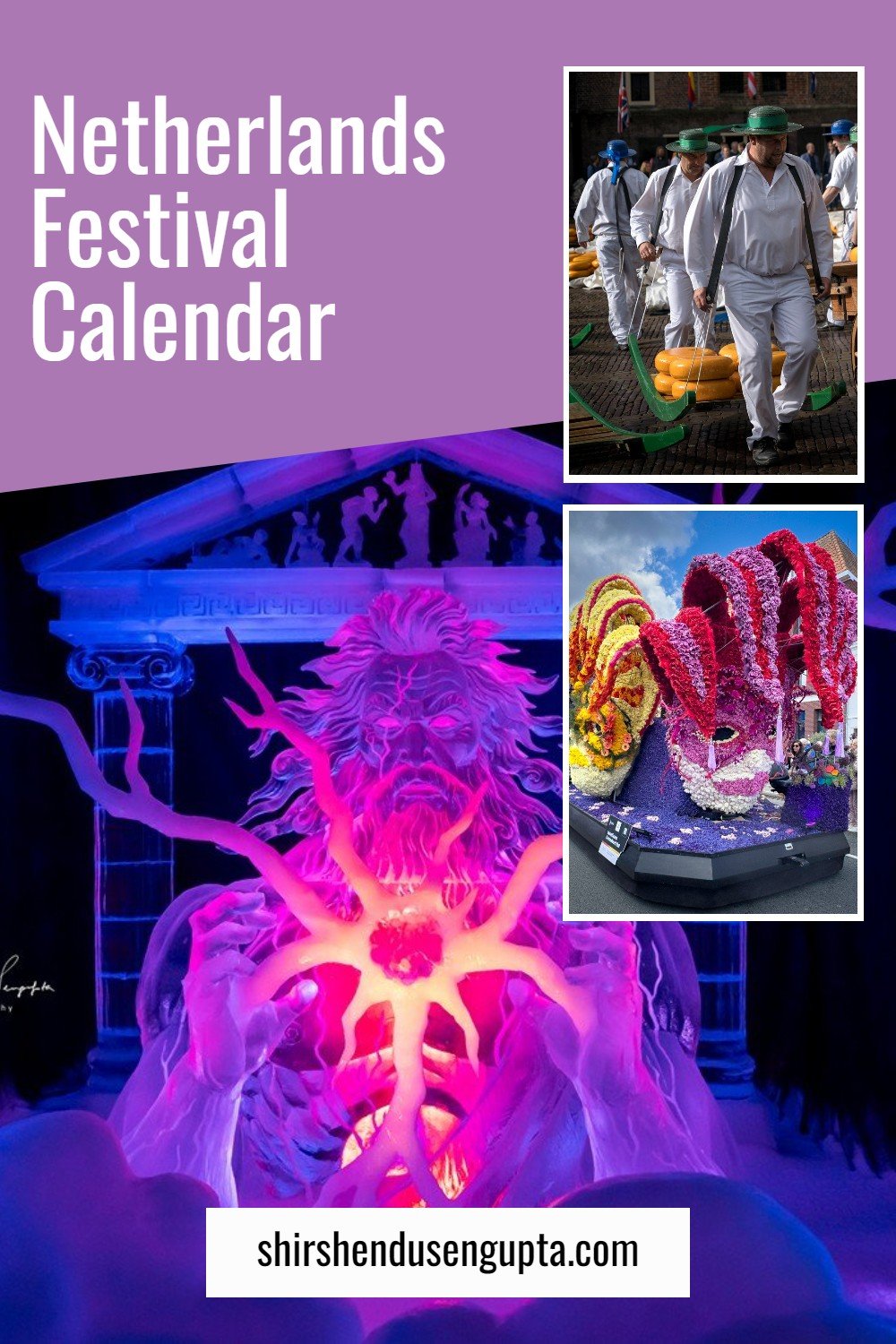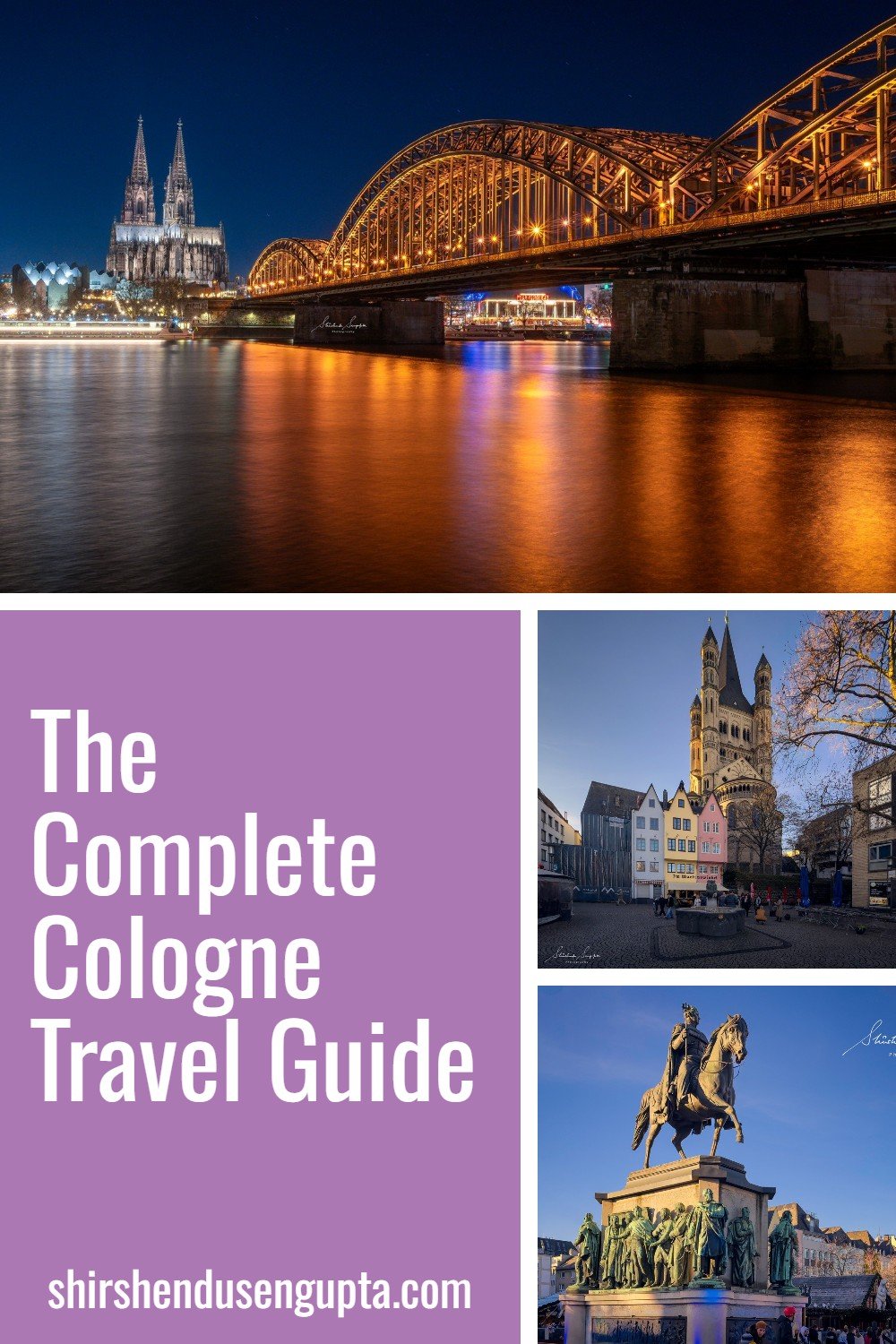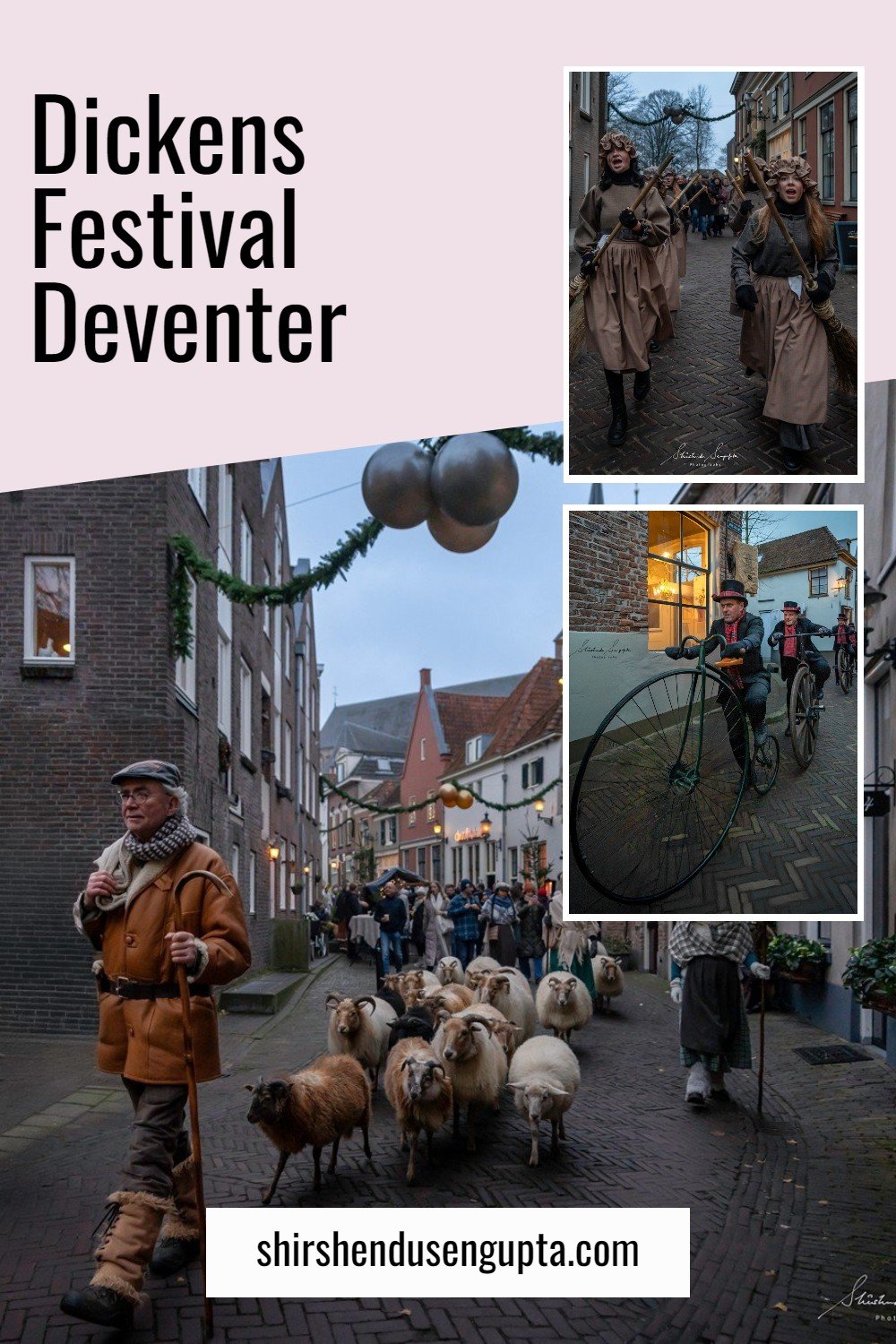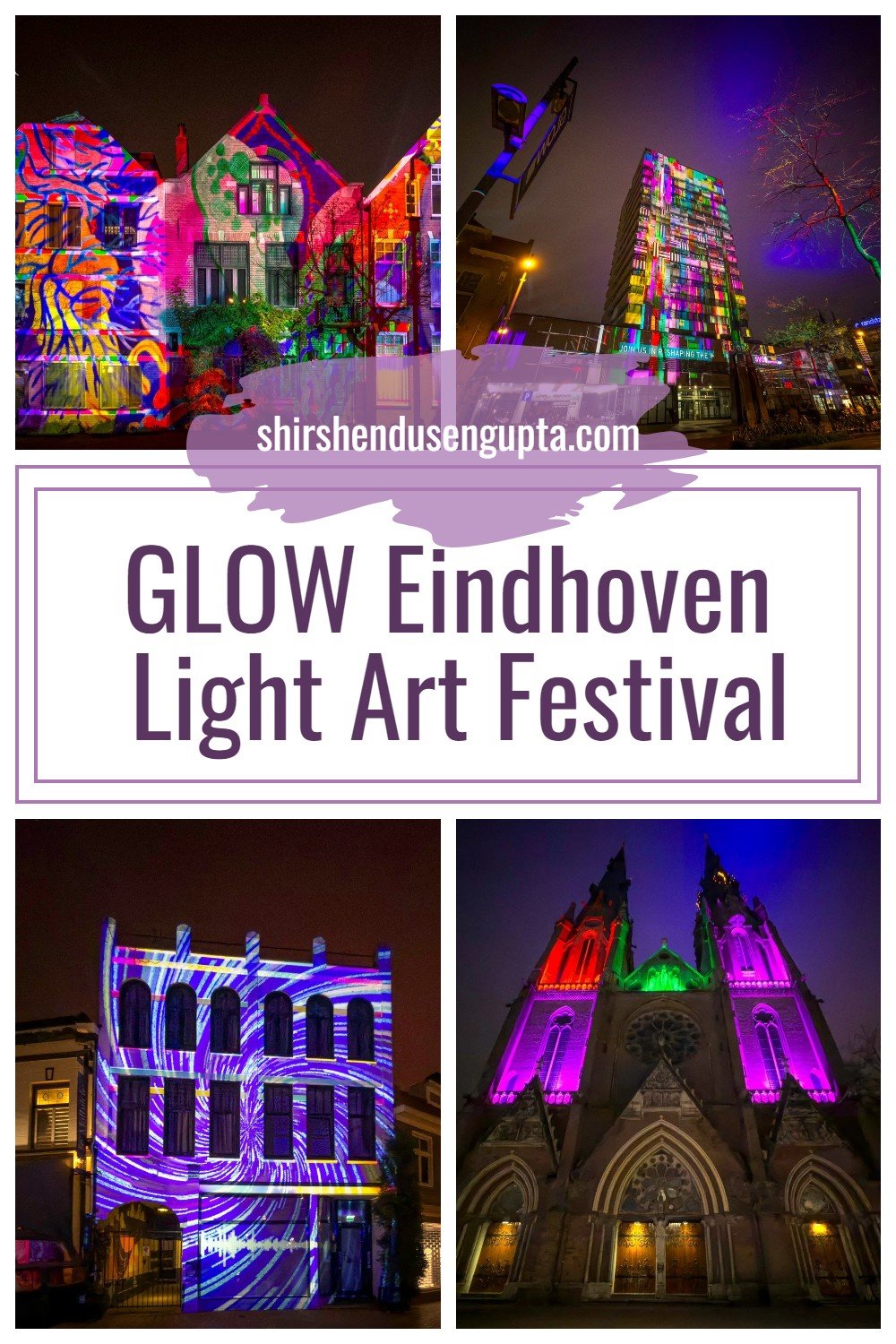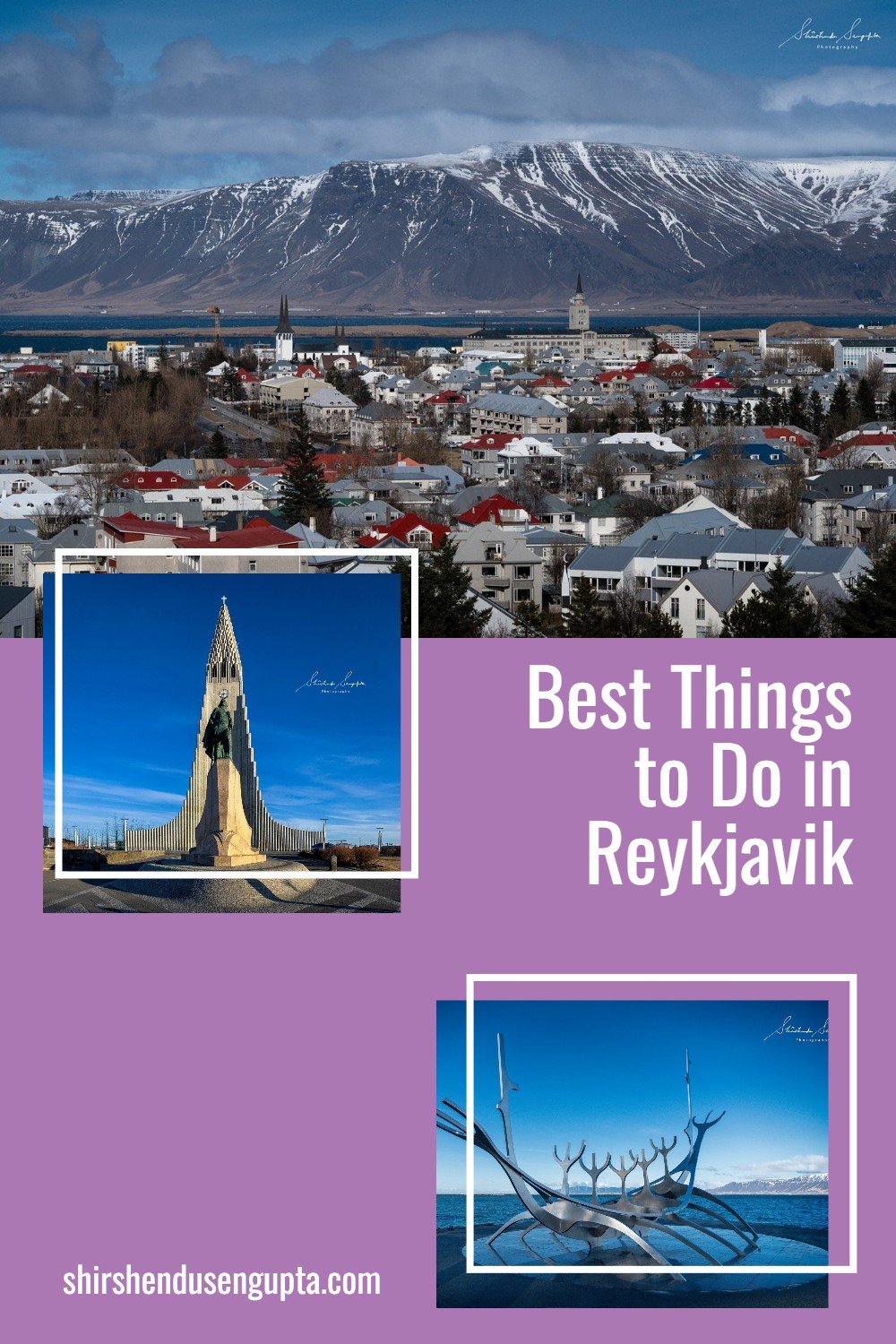One Day in Belfast Itinerary | 10 Best Things to Do in Belfast in 24 Hours | Top 10 Places to Visit and Must See Attractions on a Day Trip to Belfast, Northern Ireland
Prologue
During a magical Christmas, we embarked on an unforgettable adventure, The British Isles in 2 Weeks | 4000 km Road Trip across Great Britain (England, Scotland, Wales) and Ireland (Republic of Ireland, Northern Ireland) from the Netherlands | Itinerary, Tips, and Tricks. What began as a simple plan soon turned into one of the most extraordinary journeys of our lives - a blend of coastal drives, medieval towns, misty castles, and heartwarming encounters that revealed the true soul of these storied isles. Every mile brought a new landscape, every turn whispered a new story, and every city left behind a piece of our hearts. So, based on our experience, today I’m going to take you along with me on a ride across the 10 best things to do in Belfast, the capital of Northern Ireland, in one day. Let the journey begin!
Welcome to Northern Ireland
Welcome to Northern Ireland, a land of dramatic landscapes, rich history, and cultural heritage. The region’s history stretches back thousands of years, from the prehistoric Giant’s Causeway, formed around 60 million years ago, to ancient Celtic settlements. Throughout the centuries, Northern Ireland has witnessed Viking invasions, Norman conquests, and English rule. The 17th century saw the Plantation of Ulster, which brought Scottish and English settlers, shaping the cultural and religious landscape. Belfast, the capital, played a crucial role in the Industrial Revolution, becoming a global center for shipbuilding — most notably as the birthplace of the Titanic in 1911.
The late 20th century was marked by The Troubles (1960s-1998), a conflict between unionists and nationalists, but the Good Friday Agreement of 1998 ushered in peace and a new era of growth. Today, Northern Ireland is a thriving destination, known for its Game of Thrones filming locations, historic castles, and vibrant cities like Belfast. Whether you are exploring its rich past or enjoying its modern charm, Northern Ireland offers an unforgettable experience filled with history and breathtaking scenery.
About Belfast
Belfast, the vibrant capital of Northern Ireland, is a city steeped in history, culture, and resilience. Nestled on the banks of the River Lagan, Belfast evolved from a small 17th-century settlement into a thriving industrial powerhouse during the 19th century. It became famous for linen production, rope-making, and shipbuilding, with the Harland & Wolff shipyard constructing the legendary RMS Titanic in 1911.
The city played a significant role in The Troubles (1960s-1998), a period of political and sectarian conflict between unionists and nationalists. However, since the Good Friday Agreement of 1998, Belfast has transformed into a dynamic, welcoming destination known for its rich history, modern attractions, and buzzing cultural scene.
Today, Belfast seamlessly blends its Victorian and Edwardian heritage with modern developments. Landmarks like Belfast City Hall and St. Anne’s Cathedral reflect its architectural grandeur, while the Titanic Quarter showcases its maritime legacy. The city’s murals and peace walls tell the story of its past, while its lively pubs, markets, and festivals celebrate its vibrant present. Whether exploring its historical sites or enjoying its contemporary charm, Belfast offers visitors a unique glimpse into Northern Ireland’s heart and soul.
10 Best Things to Do in Belfast
1. Start by visiting Belfast Castle
Belfast Castle, a striking Scottish Baronial-style mansion, sits on the slopes of Cave Hill, offering breathtaking views of Belfast. The current castle was built in 1870 by the Marquess of Donegall, replacing the original 12th-century Norman castle that once stood in what is now the city center. The Donegall family resided here until financial difficulties forced them to sell it to the Earl of Shaftesbury in the late 19th century. In 1934, the castle was gifted to the city of Belfast. Today, it serves as a popular event venue with a café, gardens, and a visitor center. A local legend states that good luck will come to those who see a cat on the castle grounds, which is why various cat symbols are hidden throughout the estate.
2. Enjoy an opera show at the Grand Opera House
Opened in 1895, the Grand Opera House is one of Belfast’s most historic and beloved theatres. Designed by renowned architect Frank Matcham, the building stands out with its Moorish Revival architecture, featuring ornate domes and intricate details. It quickly became the city’s cultural heart, hosting operas, ballets, concerts, and plays. Despite suffering damage during The Troubles, it was restored multiple times, ensuring its survival as a premier performance venue. Over the years, the theatre has welcomed world-famous acts, from Laurence Olivier to Pavarotti. Today, it continues to offer a rich variety of performances, drawing visitors who appreciate both its stunning design and vibrant atmosphere.
3. Stroll past the Assembly Buildings Conference Centre
The Assembly Buildings Conference Centre, originally built as the General Assembly Hall of the Presbyterian Church in Ireland, is an architectural landmark in Belfast. Completed in 1905, it boasts an imposing 90-foot clock tower, neo-Gothic design, and intricate stonework. The building played a significant role in Northern Ireland’s political and religious history, serving as a meeting place for the Presbyterian Church’s General Assembly. It also hosted key events during political negotiations in the 20th century. Today, the building functions as a conference and event space while still maintaining its historical and religious significance. Visitors can admire its grand facade and explore the area surrounding Fisherwick Place, a hub of Belfast’s civic life.
4. Explore Titanic Belfast
Titanic Belfast is one of the city’s most famous attractions, commemorating the legacy of the RMS Titanic, which was built in Belfast’s Harland & Wolff shipyard in 1911. Opened in 2012, this world-class museum sits in the heart of the Titanic Quarter, where the ship was originally constructed. The building’s striking design, resembling a ship’s prow, consists of four angular structures symbolizing the Titanic’s hull. Inside, visitors can explore nine interactive galleries, featuring everything from the shipyard’s history to the Titanic’s fateful maiden voyage in 1912. Highlights include a full-scale recreation of the Titanic’s grand staircase, a ride through a virtual shipyard, and emotional exhibits about the disaster. The museum provides an immersive experience, making it a must-visit for history and maritime enthusiasts alike.
5. Check out the SS Nomadic
The SS Nomadic, launched in 1911, is the last remaining White Star Line ship and served as a tender to the RMS Titanic. Built alongside the Titanic at Harland & Wolff shipyard, Nomadic was used to ferry first- and second-class passengers from the port of Cherbourg, France, to the Titanic before its doomed voyage. After its service with White Star Line, the Nomadic had a diverse career, including use as a troop transport during World War I and II, and later as a floating restaurant in Paris. After years of neglect, the ship was restored and returned to Belfast in 2006, where it is now docked beside the Titanic Belfast. Visitors can explore its decks, gaining a unique perspective on the Titanic’s history while stepping aboard an authentic piece of Belfast’s maritime past.
6. Visit St. Anne’s Cathedral
St. Anne’s Cathedral, also known as Belfast Cathedral, is a magnificent neo-Romanesque church located in the heart of the city. Construction began in 1899 on the site of an earlier church, with the cathedral gradually expanding over the years. Its most striking feature is the Spire of Hope, a modern 40-meter (131 ft) spire added in 2007, symbolizing Belfast’s resilience and renewal. Inside, the cathedral boasts intricate mosaics, stunning stained-glass windows, and the Titanic Pall, a memorial dedicated to the ship’s victims. St. Anne’s also plays a key role in civic events and religious services, making it a must-visit for history and architecture lovers.
7. Grab a photo op at the Lenin Statue outside Kremlin Bar
One of Belfast’s quirkiest landmarks, the Lenin Statue, stands outside the Kremlin Bar, a popular LGBTQ+ nightclub. The statue of the Soviet leader Vladimir Lenin was originally acquired from the former Eastern Bloc and placed outside the venue as a bold and ironic statement. The bar, inspired by Soviet-era themes, opened in the early 2000s and became a symbol of Belfast’s growing acceptance and diversity. While Lenin’s ideology has no connection to Belfast’s history, the statue has become a well-known talking point and a fun photo opportunity for visitors exploring the city’s nightlife.
8. Go for a mural tour
Belfast’s murals are powerful artistic expressions that depict the city’s complex political and cultural history. Found across neighborhoods like Falls Road and Shankill Road, these murals began appearing during The Troubles (1960s-1998) as a way for communities to express their identity, struggles, and aspirations. Unionist murals often feature British symbols and military tributes, while nationalist murals highlight Irish heritage and historical figures. Since the peace process, many murals have shifted towards themes of reconciliation, social justice, and global solidarity. A mural tour offers a deep insight into Belfast’s past, providing visitors with a visual narrative of the city’s journey toward peace.
To check out the murals, I recommend you to take a stroll through the following streets in the given sequence -
Talbot Street
Gonegall Street
Harp on Hill Street
North Street
Gresham Street
Pottinger’s Link
High Street Court
9. Check out Albert Memorial Clock - Belfast’s own Big Ben
The Albert Memorial Clock, often called Belfast’s own “Big Ben” or “Leaning Tower,” is a striking Gothic-style clock tower built in 1869 in honor of Prince Albert, Queen Victoria’s husband. Standing 113 feet (34 meters) tall, the clock was designed by W.J. Barre and features intricate carvings, including a statue of Prince Albert. Due to being built on reclaimed land, the tower developed a noticeable tilt, adding to its charm. Despite this, it remains one of Belfast’s most famous landmarks. The clock has survived bombings during The Troubles and multiple restorations, continuing to be a symbol of the city’s resilience.
10. Explore Belfast City Hall
Belfast City Hall, an architectural masterpiece, is one of the city’s most iconic buildings. Completed in 1906, it was built to reflect Belfast’s status as a major industrial center during the early 20th century. Designed in Baroque Revival style, the hall features a grand dome, marble interiors, and magnificent stained-glass windows. The surrounding Titanic Memorial Garden honors those who perished on the RMS Titanic, while the interior showcases exhibits on Belfast’s history. Free guided tours allow visitors to explore the opulent Council Chamber, Great Hall, and Rotunda, making City Hall a must-visit for history enthusiasts and architecture admirers alike.
Visiting Belfast
Best Time to Visit: The best time to visit Belfast is April to October, when the weather is mild, and major attractions are in full swing. Spring (April-May) offers blooming gardens and fewer crowds, while summer (June-August) is perfect for festivals like the Belfast Maritime Festival and Culture Night. Autumn (September-October) brings stunning foliage and a quieter experience. Winters are cold and rainy, but the Belfast Christmas Market adds festive charm. Regardless of the season, Belfast’s rich history, lively pubs, and welcoming atmosphere ensure a memorable visit. We visited Belfast during Christmas.
Number of Days to Stay: A one-day trip is ideal for exploring Belfast’s top attractions. However, a two- to three-day stay is recommended to experience the city at a relaxed pace. This allows time for museums, local markets, city parks, and day trips to nearby landmarks, such as the Giant’s Causeway.
Best Place to Stay: For first-time visitors, staying in Belfast City Centre is the best option, as it provides easy access to major attractions. For nightlife and culture, you can stay in the Cathedral Quarter known for its historic charm, lively pubs, and street art. If you are a Titanic enthusiast, the Titanic Quarter, home to Titanic Belfast and SS Nomadic, is the perfect choice for you. If you are looking for a quieter and greener area, you can stay at Queen’s Quarter near Queen’s University and the Botanic Gardens. For a more authentic Belfast experience, the Gaeltacht Quarter offers a deep dive into Irish language, culture, and history. Located along Falls Road, it’s home to political murals, Irish traditional music pubs, and the Cultúrlann McAdam Ó Fiaich cultural center. While hotels are limited, small B&Bs and guesthouses provide a cozy stay. We stayed in the City Centre.
Best Way to Arrive: Belfast is easily accessible by air, sea, and road. The city has two airports: Belfast International Airport, serving international flights, and George Best Belfast City Airport, closer to the city center. Visitors from Great Britain can take a ferry from Liverpool, Cairnryan, or Douglas (Isle of Man). Train and bus services connect Belfast with Dublin, making it a great option for travelers from the Republic of Ireland. If driving, the M1 and M2 motorways provide quick access. We drove from Dublin to Belfast in our own car.
Best Local Mode of Conveyance: Belfast offers easy and affordable transport options. The Glider Bus Service is the best way to travel between East and West Belfast, while Metro buses cover most city attractions. Taxis and ride-sharing services like Uber are widely available. Walking is the best way to explore Cathedral Quarter, Titanic Quarter, and City Hall, as most landmarks are within short distances. For a unique experience, hop-on-hop-off bus tours provide a convenient way to see multiple attractions in a day. Cycling is also an option, with Belfast Bikes available for rent across the city.
Epilogue
So that brings us to the end of our journey across the 10 best things to do in Belfast. Please let us know in the comments below if you enjoyed reading this article.
And if you want to read the day-by-day account of our 4000 km road run across all countries of the British Isles during Christmas, please visit our article The British Isles in 2 Weeks | 4000 km Road Trip across Great Britain (England, Scotland, Wales) and Ireland (Republic of Ireland, Northern Ireland) from the Netherlands | Itinerary, Tips, and Tricks. Until then, merry traveling and happy shooting!
Pin the article
Bookmark the article for reading later!
Want to license/buy photos in the article?
License photos for commercial/editorial use or buy photo prints!
Want us to write an article for you?
Articles for magazines, newspapers, and websites!
Watch our Videos
Check out our videos on our Youtube Channel!
Join the Newsletter
Get updates on our latest articles!
We respect your privacy. Read our policy here.

